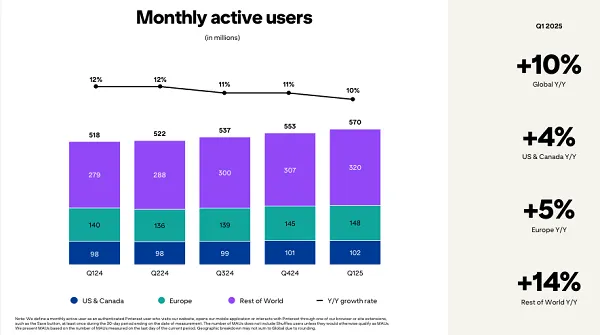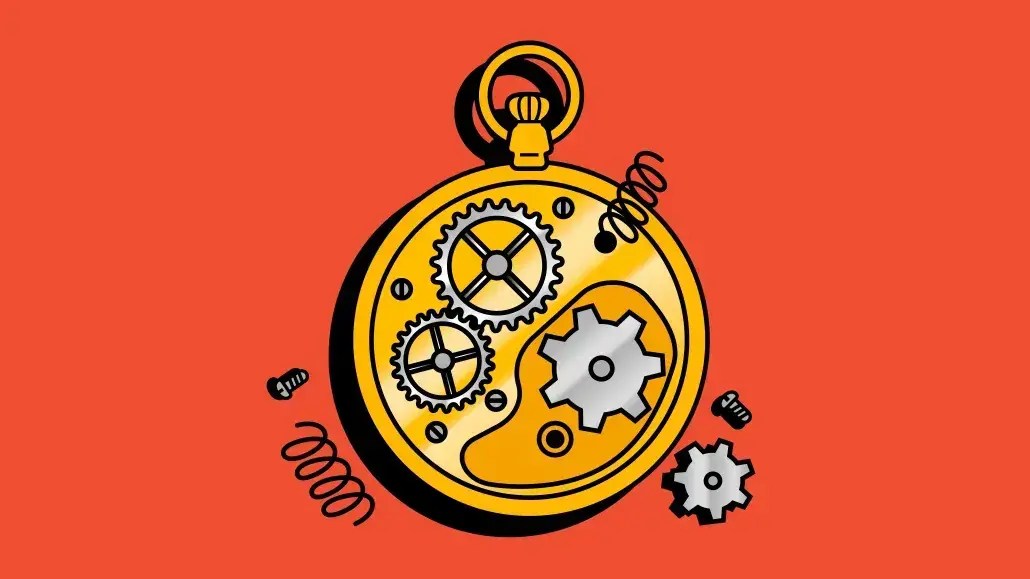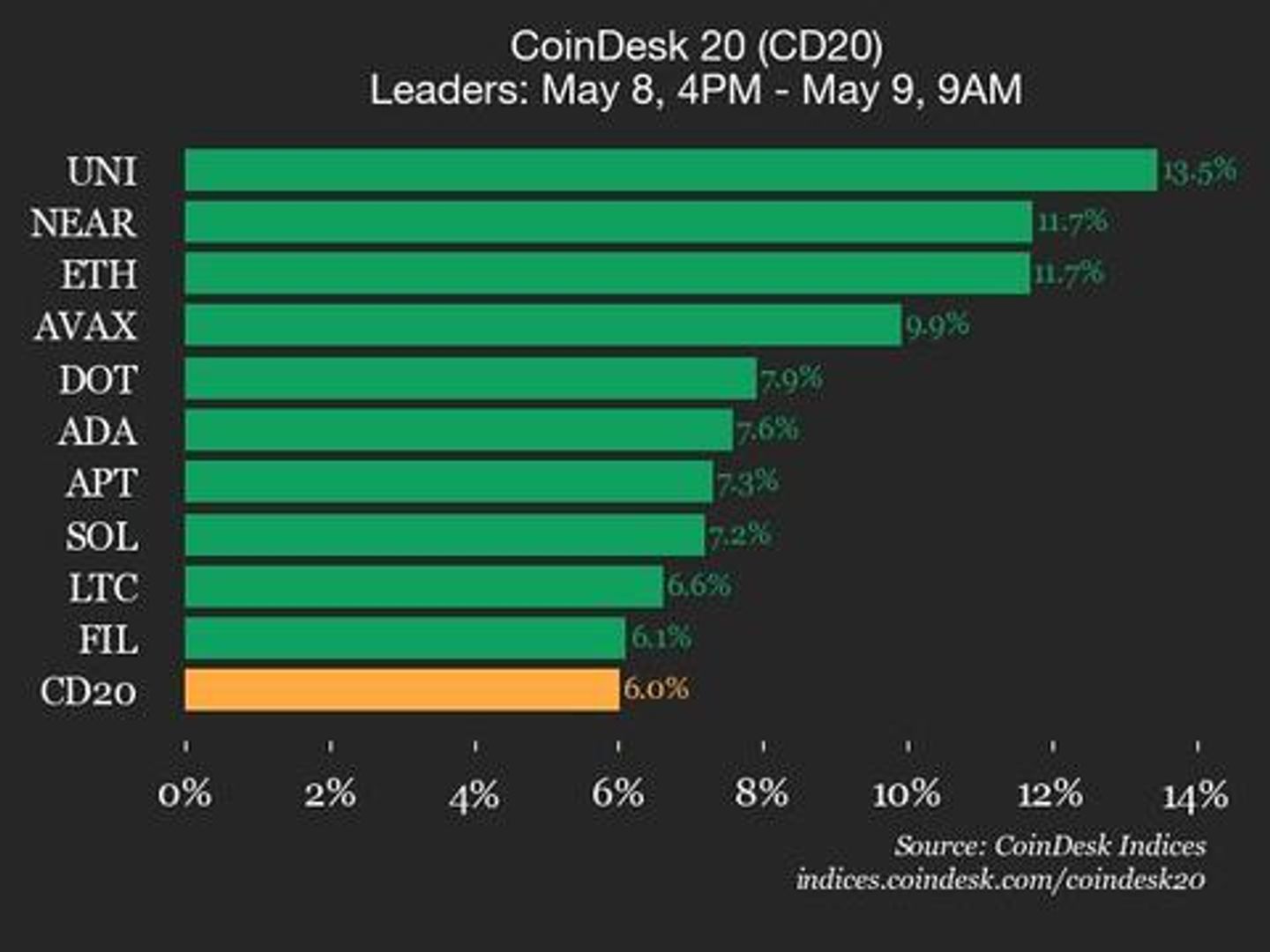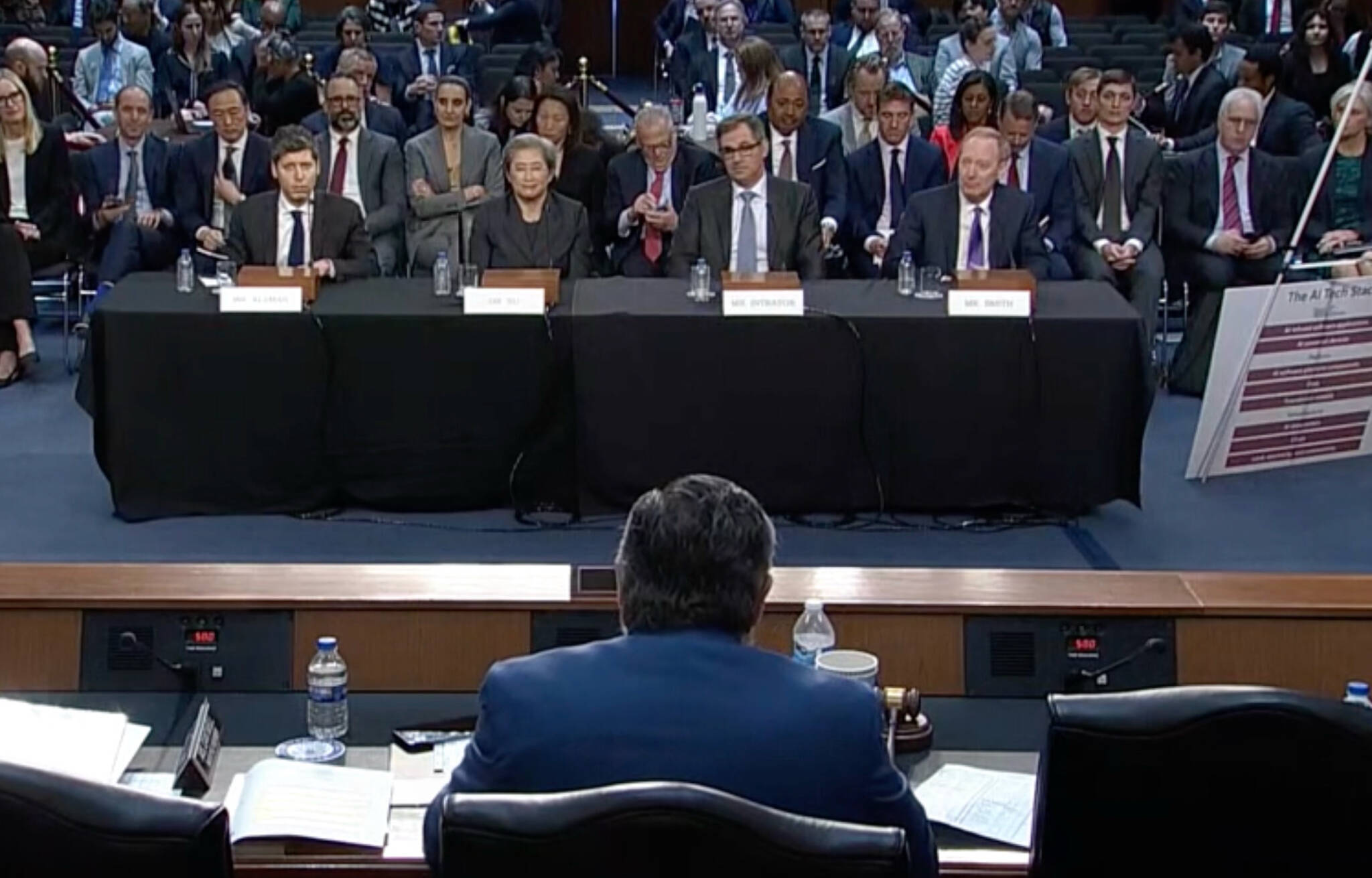Govt rolls out bigger, better CGSS to boost Startup loan access to Rs.20 Cr
In a significant move aimed at enhancing capital access for India’s burgeoning startup ecosystem, the Government of India has notified the expansion


In a significant move aimed at enhancing capital access for India’s burgeoning startup ecosystem, the Government of India has notified the expansion of the Credit Guarantee Scheme for Startups (CGSS). The revised scheme is designed to improve credit availability, ease access to debt funding, and encourage innovation through enhanced guarantee coverage and operational reforms.
Strengthening Startup Financing Under CGSS
The Credit Guarantee Scheme for Startups, first notified on October 6, 2022, was established to provide credit guarantees for eligible startups via Scheduled Commercial Banks, All India Financial Institutions (AIFIs), Non-Banking Financial Companies (NBFCs), and SEBI-registered Alternative Investment Funds (AIFs). The scheme was part of the broader Startup India initiative launched by Prime Minister Narendra Modi on January 16, 2016, which aimed to create a robust and dynamic startup environment across the country.
The core objective of CGSS is to offer collateral-free debt funding—including term loans, working capital, and venture debt—thus removing a major hurdle that early-stage startups face in accessing capital.
Expanded Credit Cover and Lower Fees
As per the latest notification by the Department for Promotion of Industry and Internal Trade (DPIIT), under the Ministry of Commerce and Industry, the CGSS has been substantially enhanced to align with proposals made in the Union Budget 2025–26.
Key enhancements include:
- Increased guarantee ceiling per borrower: From ₹10 crore to ₹20 crore.
- Higher guarantee coverage:
85% of the defaulted amount for loans up to ₹10 crore.
75% of the defaulted amount for loans above ₹10 crore.
- Reduction in Annual Guarantee Fee (AGF):
For startups in 27 identified ‘Champion Sectors’, the AGF has been slashed from 2% p.a. to 1% p.a.
These Champion Sectors have been defined under the ‘Make in India’ initiative, and include areas crucial to India’s manufacturing and services growth. The AGF reduction is expected to make borrowing more affordable and attractive, especially for startups in sectors deemed critical to national self-reliance.
Driving Innovation and Reducing Risk Perception
The expanded CGSS is expected to significantly reduce the perceived risk of lending to startups among traditional financial institutions. With the government acting as a partial guarantor, lenders are more likely to finance startups working on cutting-edge technologies, R&D, and innovative business models.
By improving the credit support landscape, the Scheme enables startups to extend their financial runway, invest more confidently in research and product development, and scale operations without heavy reliance on equity dilution.
Enabling Measures for Wider Impact
In addition to financial enhancements, the government has also introduced a range of operational reforms and ecosystem-driven modifications to make the scheme more accessible and practical for both lenders and startups. These changes have been shaped through stakeholder consultations and are aimed at minimizing procedural friction.
The broader aim is to democratize access to credit and extend the benefits of the scheme to a wider base of innovation-led enterprises, especially in Tier 2 and Tier 3 cities.
Towards an Innovation-Driven Viksit Bharat
The expansion of CGSS is aligned with the Government’s long-term vision of transforming India into a self-reliant and innovation-led economy. By addressing capital bottlenecks, the revised scheme empowers startups to play a central role in achieving the “Viksit Bharat” (Developed India) goal.
As more financial institutions come on board, the cumulative fund flow to startups is expected to rise sharply, fueling the next wave of entrepreneurial growth, technological advancement, and job creation.





















































![[Weekly funding roundup May 3-9] VC inflow into Indian startups touches new high](https://images.yourstory.com/cs/2/220356402d6d11e9aa979329348d4c3e/WeeklyFundingRoundupNewLogo1-1739546168054.jpg)





















































































































-Reviewer-Photo-SOURCE-Julian-Chokkattu-(no-border).jpg)






















